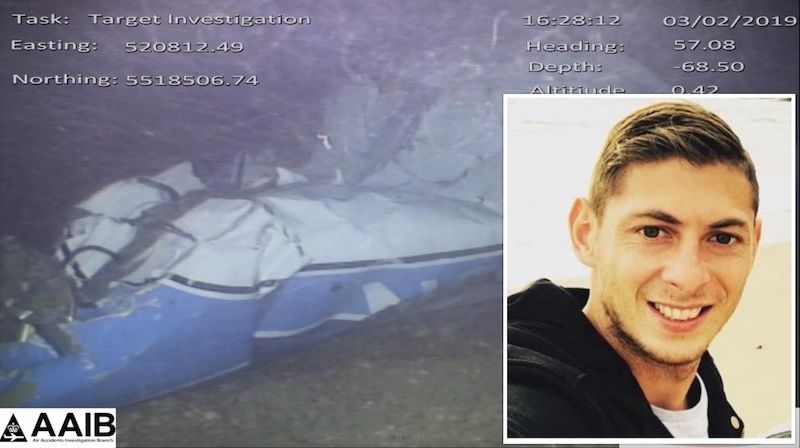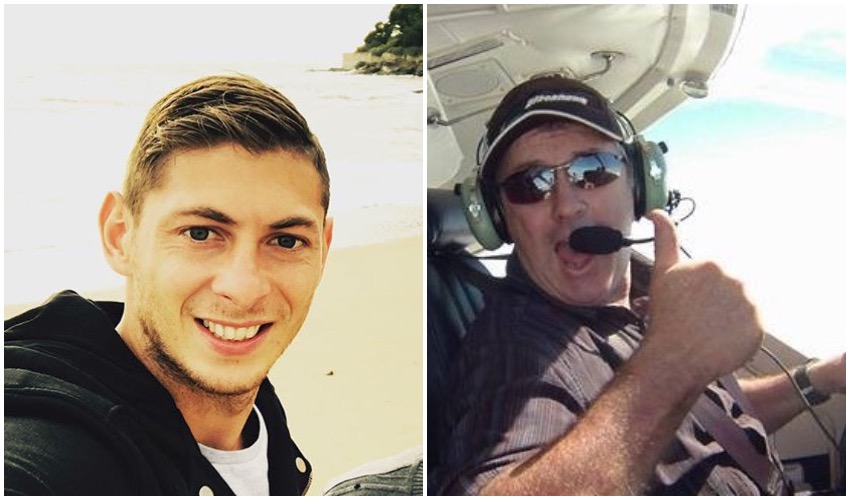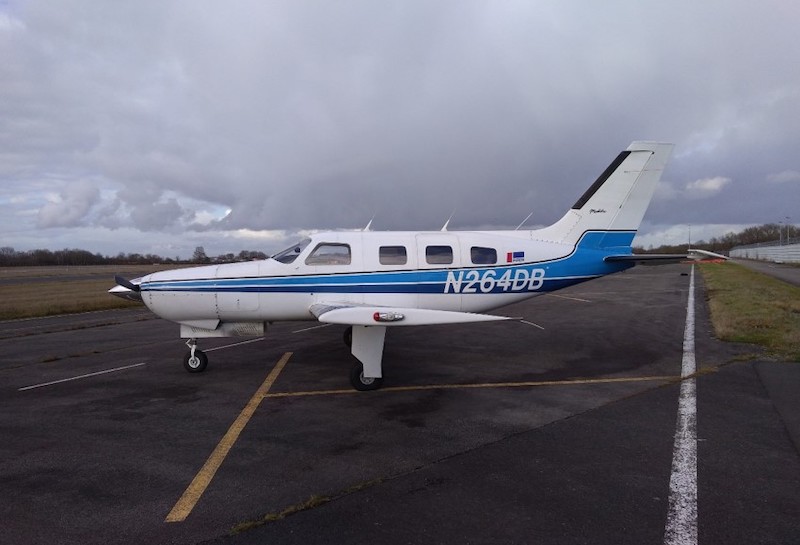


The plane carrying Emiliano Sala in January 2019 broke up mid-flight, after pilot David Ibbotson lost control during a manually-flown turn made at far too high a speed as he crossed the English Channel.
This is the conclusion of the final report released today by the Air Accident Investigation Branch, which has also said Mr Ibbotson was probably suffering from Carbon Monoxide poisoning at the time, and has confirmed he wasn't licensed to pilot the tragic flight.

Pictured: Emiliano Sala and David Ibbotson.
The report, which has been worked on since the fatal crash on 21 January 2019, was looking for causes, but was not trying to attribute blame.
The Piper Malibu carrying footballer Emiliano Sala was flying to Cardiff Airport, but at 20:16, probably while manoeuvring to avoid poor weather, the aircraft was lost from radar and struck the sea 22 nautical miles north-north-west of Guernsey.
Interview on the final Sala report release from Bailiwick Express on Vimeo.
Overall, three factors were given as to why the crash happened: the pilot's loss of control, the aircraft breaking up because of the turn being done at speeds "significantly in excess of its design", and the pilot being affected from Carbon Monoxide poisoning.
"This was a tragic accident with fatal consequences. As we publish our final report today, our thoughts are with the families of Mr Sala and Mr Ibbotson," Crispin Orr, Chief Inspector of Air Accidents, Air Accidents Investigation Branch, said. "A team of highly experienced investigators has been working to examine all aspects of the flight in order to understand the factors which may have caused or contributed to the accident. Today we have made important safety recommendations which, if fully implemented, would significantly reduce the risk of a recurrence.

Pictured: Wreckage of the aircraft was found following the crash.
“Routine maintenance is vital but cannot eliminate the risk of carbon monoxide leaks completely. Equipping aircraft with devices that provide warning of the presence of this odourless, colourless and lethal gas, would enable pilots to take potentially lifesaving action. We are therefore calling for the regulators to make it mandatory for piston engine aircraft, such as the one involved in this accident, to carry an active CO warning device.
“The chartering of aircraft that are not licensed for commercial transport – so called ‘grey charters’ – is putting lives at risk. We welcome the Civil Aviation Authority’s efforts to stop this practice through their ‘Legal to Fly’ campaign and other interventions.”

Pictured: Pilot David Ibbotson was never found following the crash. He was not licensed to fly at night, despite the crash being in the dark.
Safety action has been taken by the Civil Aviation Authority to raise awareness of the risk associated with unlicensed charter flights. Safety action has also been taken by the engine manufacturer to improve the guidance given to personnel undertaking inspections of exhaust systems.
Five Safety Recommendations have been made in this report, one of which was a suggested to manufacturers to include CO detectors in their aircraft going forward. Others include additional in-service inspections of exhaust systems and the maintenance of flight crew licensing records.
Pictured top: The aircraft which was carrying Sala has since been found in the ocean.
Comments
Comments on this story express the views of the commentator only, not Bailiwick Publishing. We are unable to guarantee the accuracy of any of those comments.